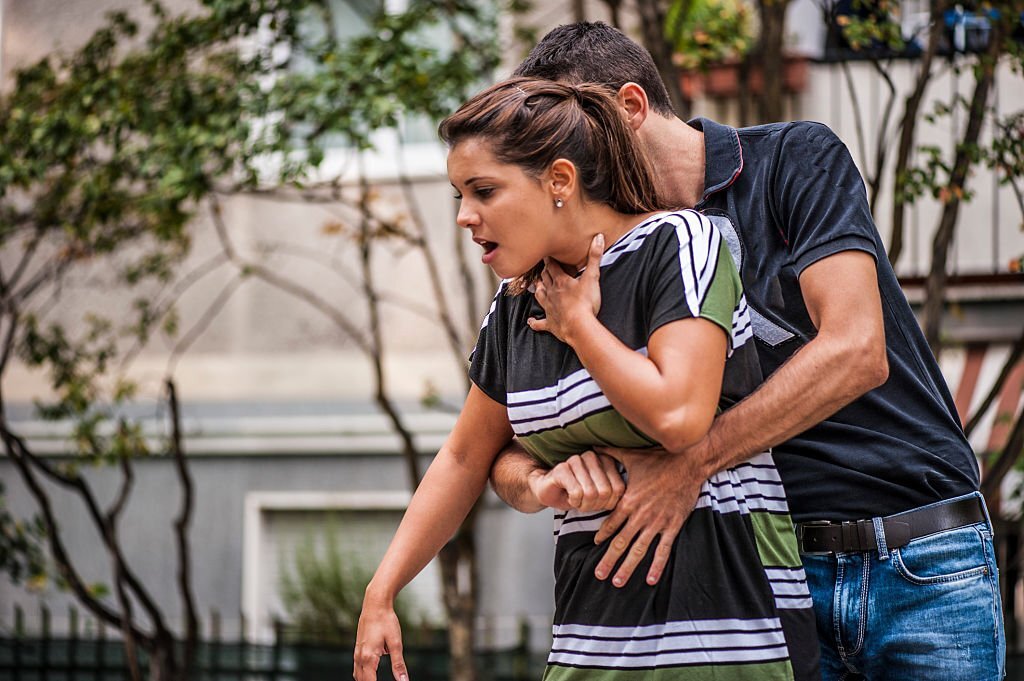Important Life saving skills everyone should have

You cannot know when you’ll be faced with an emergency situation. It’s possible that somebody you’re with is hurt or in distress, or that you’ll come across a stranger who requires medical assistance. The ability to respond in an emergency and save a life, regardless of the situation, is an important life saving skill that everyone should possess. You’ll be covered in most types of situations if you learn some fundamental life-saving techniques.
Of course, the information provided here should not be used in place of professional certifications, classes, or hands-on training. It’s also a good idea to contact your local emergency medical services no matter what kind of urgent medical scenario you’re in.
There are some mommy first aid abilities where all you need is a plaster and a kiss to make things better. We can bandage a cut finger, ice a twisted ankle, and stop a bleeding nose virtually by osmosis from observing Mom or Grandma.
Then there’s the matter of stepping up in an emergency, which can mean the difference between life and death.
Saving lives is a state of mind. It’s understanding how to accomplish the job and not being frightened to take action. Except for the use of an EpiPen, nothing on this list necessitates the use of any special equipment; all you need is your brain, your hands, and your rapid reflexes.
1. Heimlich Maneuver

Quick action is all that stands between a minor dinner humiliation and a tragic death when someone is choking on a piece of filet mignon. Are you prepared to do the Heimlich maneuver to remove the offending meat out of your airway?
This approach is simple to use. Standing behind the patient, strike their back five times with the heel of your hand. Place your fist between the bottom of their ribcage and their navel if that doesn’t work. Perform five thrusts while dragging their body back and upward.
2. Keep an eye out for signs of life

It’s critical to know how to check a victim for signs of life, such as breathing and a pulse, in any situation. Make sure the place is safe before attending to the victim. Kneel next to them and inquire, “Are you ok?” loudly. If they don’t answer, watch for the rise and fall of their chest, which indicates respiration, and check their pulse by placing your index and middle fingers on their inner wrists or on the side of their neck just below the jaw.
3. CPR

CPR (cardiopulmonary resuscitation) is a well-known emergency procedure for assisting someone who has suffered a cardiac arrest, which is a life-threatening condition in which the heart stops beating unexpectedly. Unfortunately, if a person does not receive urgent care, cardiac arrest can result in brain damage or even death.
If you witness someone collapse on the ground, unresponsive, and without a pulse, you should immediately begin CPR since it may save their life.
Even if the heart has stopped, performing hands-on CPR requires forcefully compressing the chest to pump blood to crucial organs.
Contrary to popular belief, effective CPR does not necessitate mouth-to-mouth (rescue breaths) and instead emphasizes steady, repeated chest compressions
There are instructions on how to perform chest compressions… The compression rate is between 100 and 120 compressions per minute. There are also depth guidelines: you should squeeze at least 2 inches into an adult’s chest.
4. Assist someone who is having a seizure

A seizure is caused by a rapid electrical disruption in the brain. During a seizure, it’s possible that the patient will vomit and inhale it into his or her windpipe. Turn them to the side to limit the risk of inhaling the foreign substance. Place a soft object beneath their head, such as a cushion. To avoid more catastrophes, contact emergency services or a doctor right once.
5. First Aid for Burning

Minor burns should be treated by soaking the affected area in cold water for 10 minutes before applying a cool, wet compress. Do not use any creams or dressings on the affected region. If Tylenol or Advil are available, give them to the victim. Severe burns necessitate prompt medical treatment.
6. Drowning

Drowning is one of the most prevalent causes of accidental death, even in shallow bodies of water. The term “reach, throw, row, go” is used to recall the process for saving a drowning person:
Reach: Lie flat on the ground and, if necessary, extend your reach with a branch or an oar.
Throw: Toss a safety ring to the victim if one is available.
Row: If necessary, get a boat to reach the casualty.
Go: Swim out to get the victim as a final option. Tow them to shore with a towel or t-shirt.
7. With the correct amount of pressure, you may be able to stop serious bleeding in many circumstances
Hypovolemic shock is more likely to occur when someone suffers a major cut or another traumatic injury that won’t stop bleeding. The heart is unable to pump enough blood through the body, which is a life-threatening problem.
Most people can quickly generate enough pressure with just one hand or their body weight to treat the vast majority of wounds with direct pressure. This pressure should be given firmly and constantly to aid in the stoppage of bleeding.
